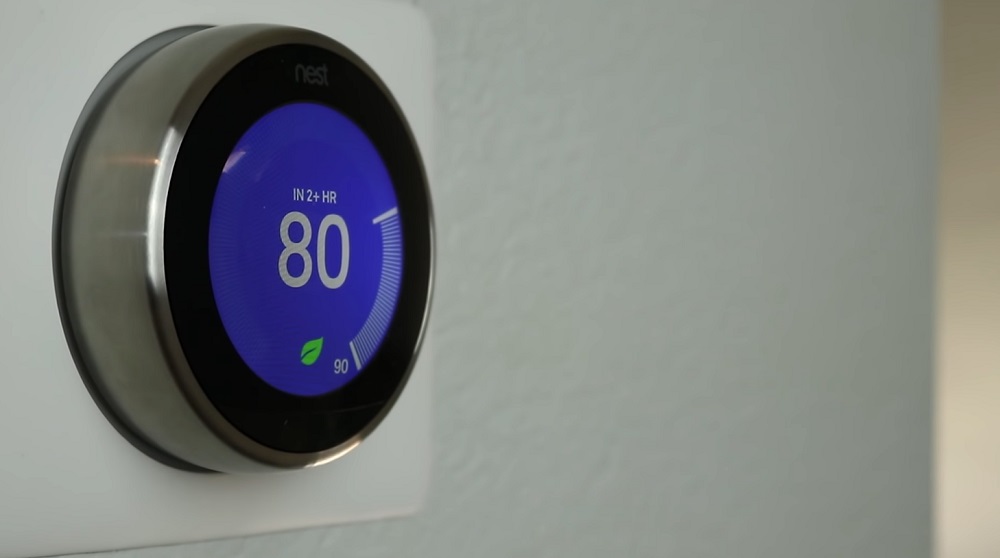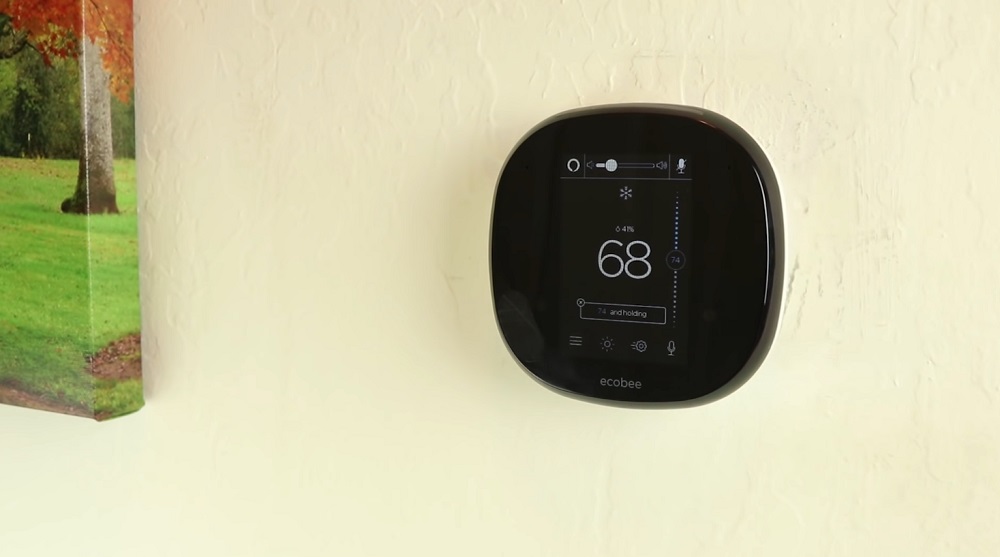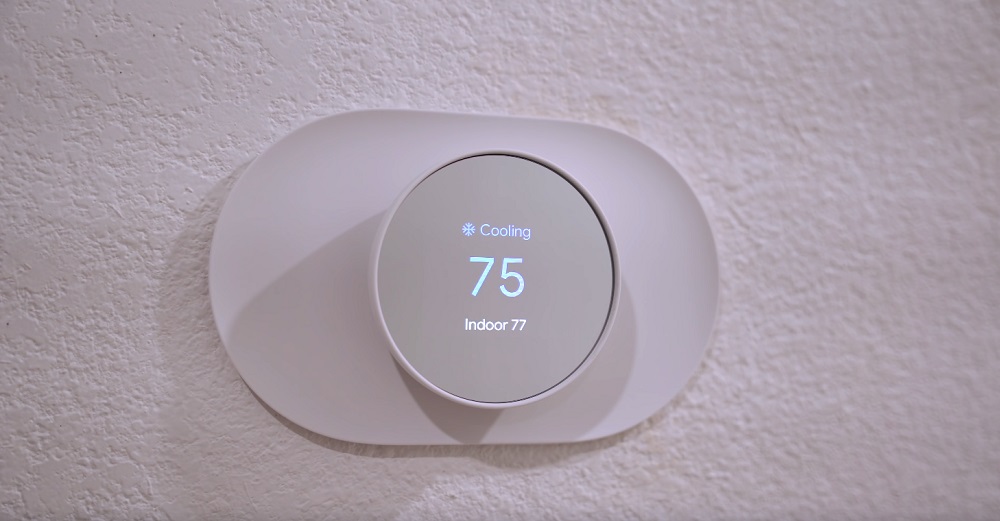Every year, when temperatures begin dropping, and it’s time to turn on the heat, homeowners across the country mull over this question. The answer to this question isn’t as easy as recommending one specific temperature because household budgets and energy usage concerns differ from one home and family to the next.
“What temperature should I set my thermostat to for the winter?”

In Short
ENERGY STAR advises you to set your indoor thermostat to 68 degrees Fahrenheit (20 degrees Celsius) when you are at home. This will afford you the ideal balance between comfort and energy efficiency. But, why is 68 degrees the perfect temperature? Ultimately your energy saving goal is to bring down the temperature (around 10-12 degrees Fahrenheit or 6-8 degrees Celsius) in the evenings or when you are away from home.
Lower Settings = More Savings
In the winter months, blasting the heat as high as possible to keep your whole home hot is very tempting. However, those high settings accompany an excessive price tag. What is worse is that high settings might be counteractive when warming your home. Department of Energy experts advise that focusing on a lower inside temperature might be the best temp to set your thermostat to in winter.
They suggest setting the thermostat at around 68°F or lower during the day when your home is unoccupied, or at night when the household is asleep.
Many people think that when you raise the entire home’s temperature, you will overwork the furnace when you return home. According to the DOE, this is not true.

Keeping your home at a lower temperature actually works to slow down the heat loss. The DOE suggests turning your thermostat back by 7°F to 10°F for 8 hours a day from its usual setting.
Turning it up when you get back will not overwork the system; instead it will save you close to 10% per year on your heating costs. In light of this, the best temp to set your thermostat to in winter relies upon consistency. In the event that you and your family are okay with the temp being around 68°F at home, you will experience less heat loss during the day. This will also result in a lower heating bill.
FAQ
What is the best temperature for an unoccupied house?
When you leave your home for an extensive stretch of time, it’s better to turn off your heating/cooling system. But remember not to turn off your system if you are leaving pets or plants in your home for an extended period of time.
Also, remember that any temperature-sensitive possessions you own may be affected by a sudden high drop/rise in your home’s temperature. Consider setting your thermostat to a reasonable temperature to prevent damaging your possessions, especially if you live in a climate that has severe hot or cold weather.
Will turning my thermostat down then up again while I am away from home cause it to work harder, when I get back?
It’s a valid contention: if you have adjusted your home thermostat to save energy while you are away, does it not become less energy efficient to bring it back up to its original temp when you return?
The response is: No! The Department of Energy believes your cooling or heating device will work the same amount to return to its original temperature once you are back at home.
Final Words: Every Home is Not the Same

Each family has their own temperature preferences. What you consider normal household temperature may be considered too hot or too cold for another family. You can however, get used to the recommended settings if you want to manage your energy efficiently. As you get used to the different settings you can eventually adjust the thermostat down.
Set your thermostat at your ideal high temperature
When your family adapts to the colder weather, you can bring down the temperature in your home by around one degree every week.
If you maintain this one degree decrease for at least 8 hours, according to Energy.gov, it may reduce your energy bill by 1 percent.
Bringing down the temperature even further and keeping these lower temperatures for longer periods may increase your savings. You and your family may not even notice the gradual change in temperature.